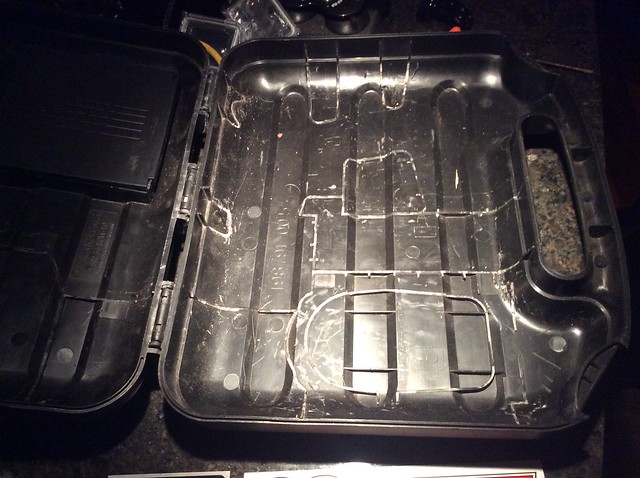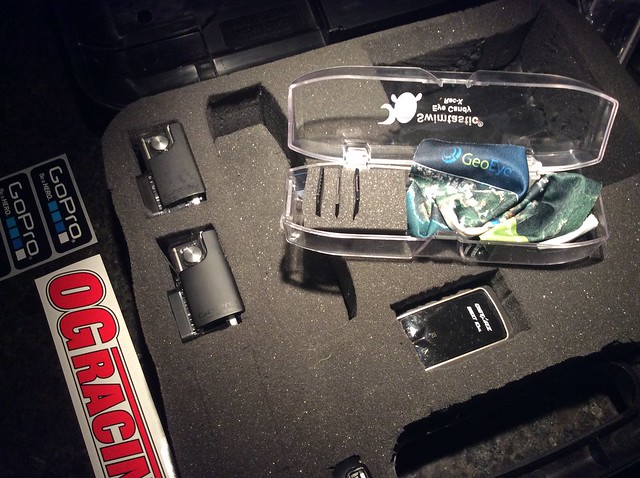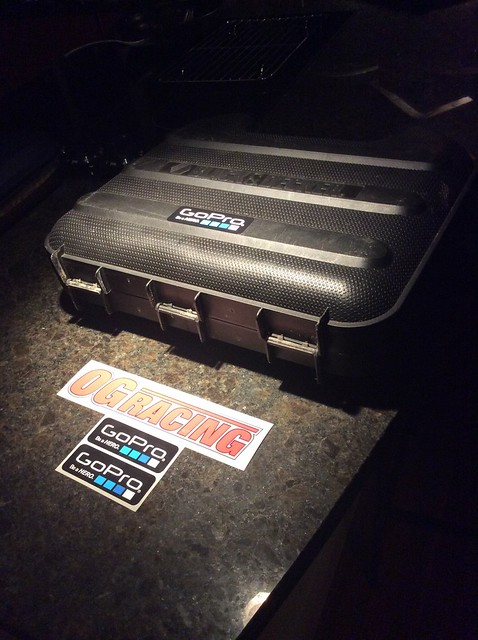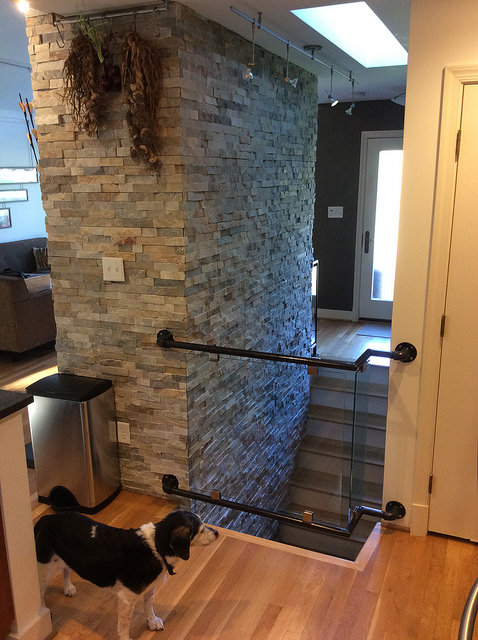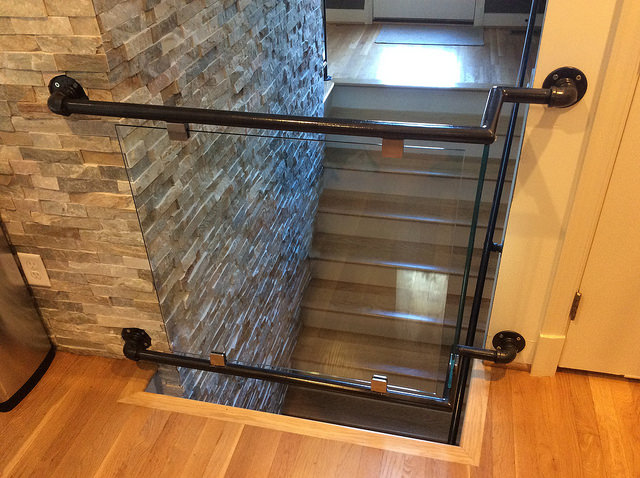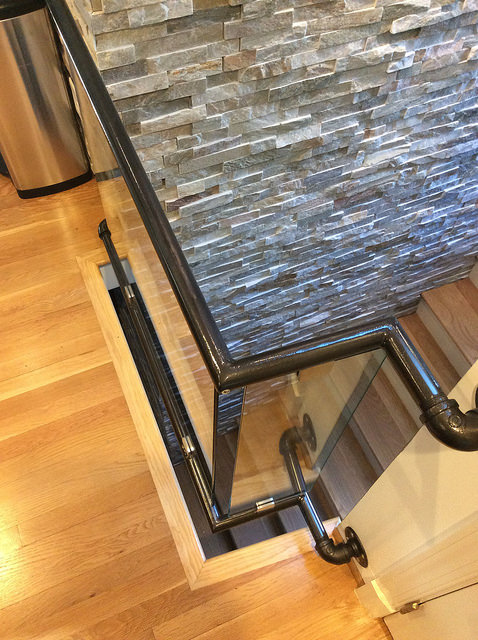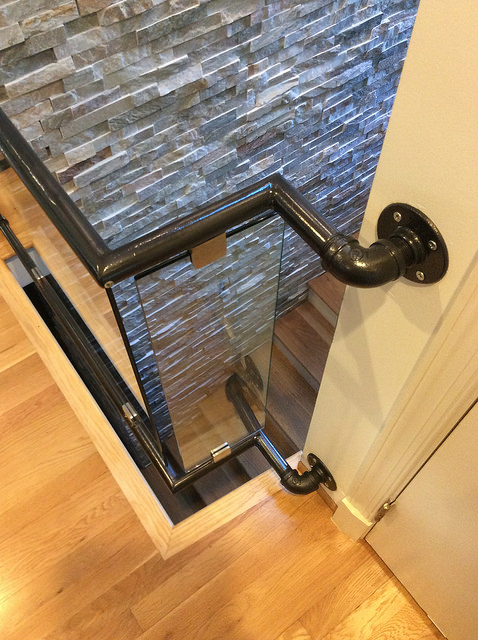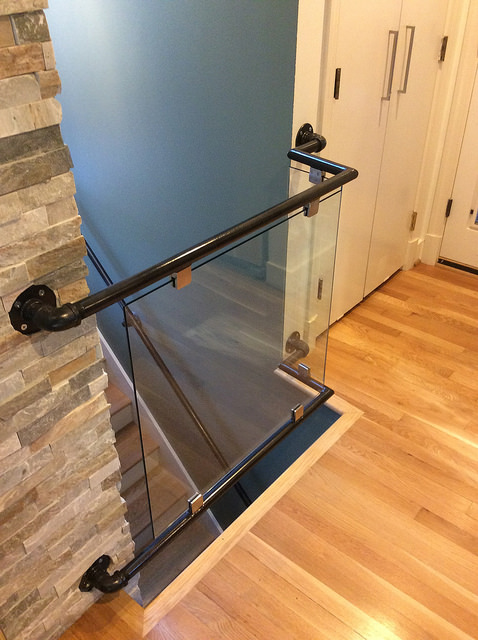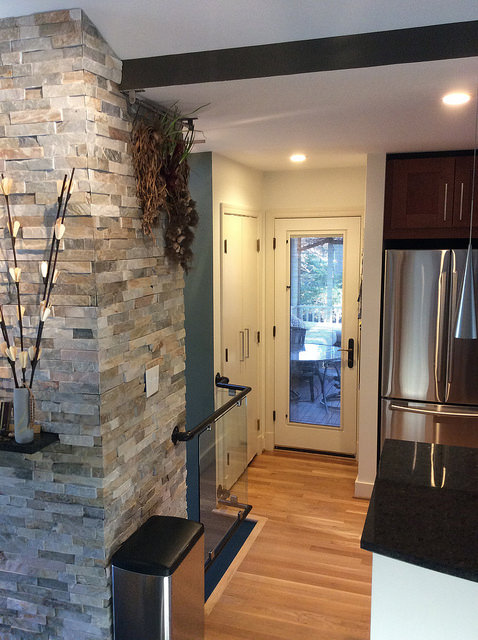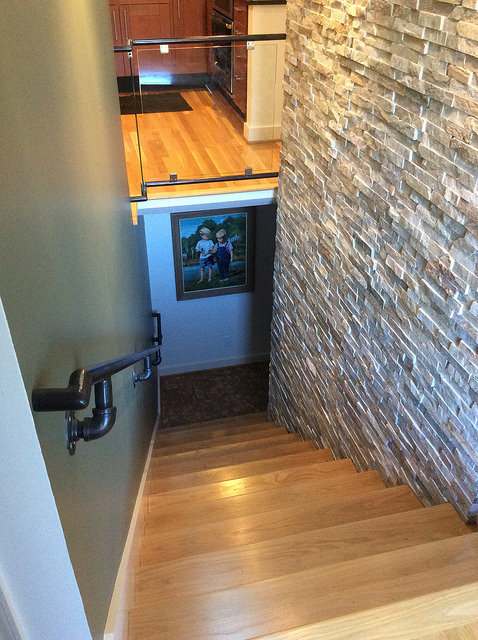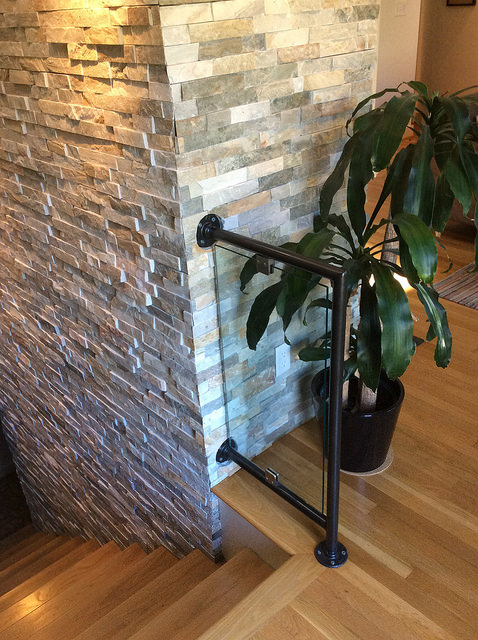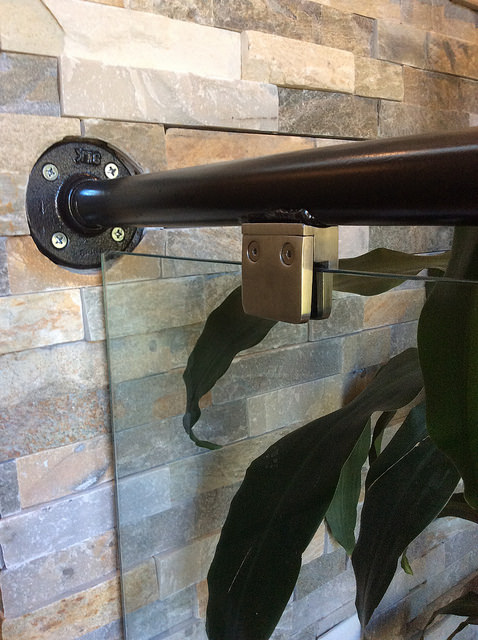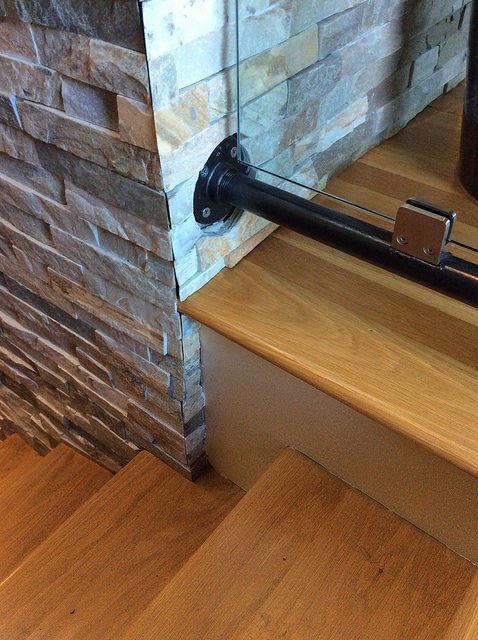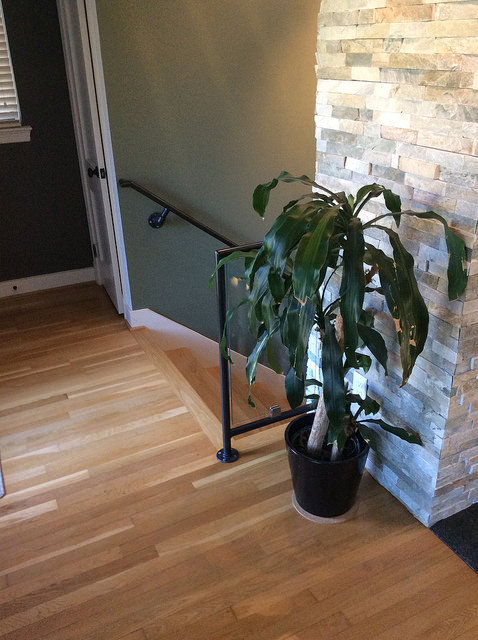Yesterday, a fellow driver asked me where I bought the numbers on my car.
On my white Fiesta, I've been using numbers cut out of black magnetic material that I purchased in a big roll. Well, that doesn't show up too well on my black 944. But the silver paw vinyl does...
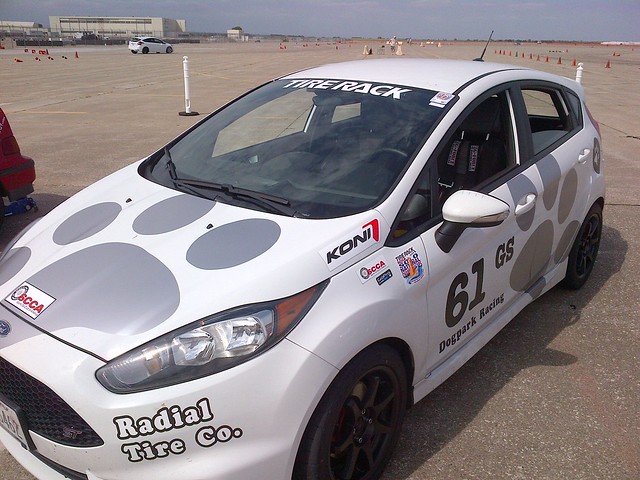
So last year I used some of the silver "repositionable adhesive vinyl" left over on the roll from the dogpark livery. I've been cutting out different fonts for each event. My last event was kind of art-deco:
At the VIR event I did a futuristic, hastily done font:
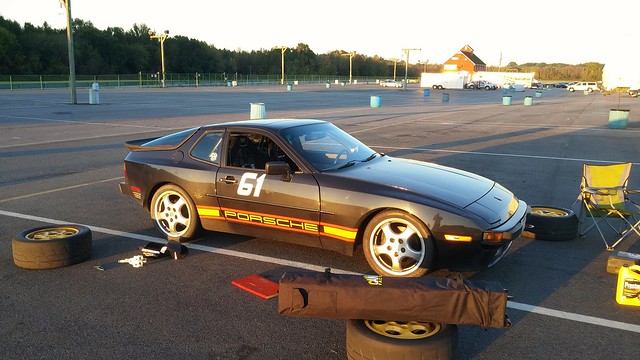
At my first event I used the Porsche font which might have been used for the numbers "911" and "GT3":

This year I bought some golden yellow vinyl which matches the yellow track wheels I have. This font is called "Clockwork Orange".
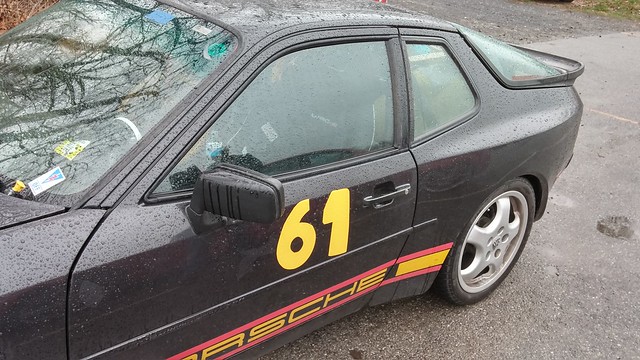
Numbers are so simple to make, I don't know why more people don't make them. They certainly look cooler than painter's tape, and they don't cost much more. Here are links to the products I picked up on Amazon:
It's really simple to pick a font, and print out each number as big as it will be printed on an 8 1/2 x 11 sheet. Transfer the outline to the vinyl either by scribbling the back side with pencil or by using extra pressure to make an imprint on the vinyl. Then just cut it out.
It's actually one of the more fun and relaxing things I do to prepare for a track weekend, particularly if I'm not rushed.

